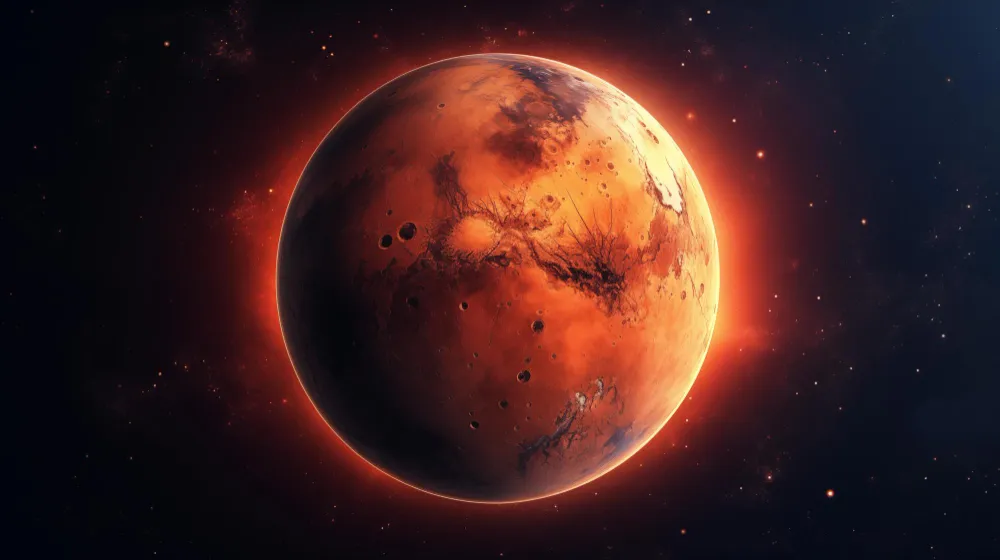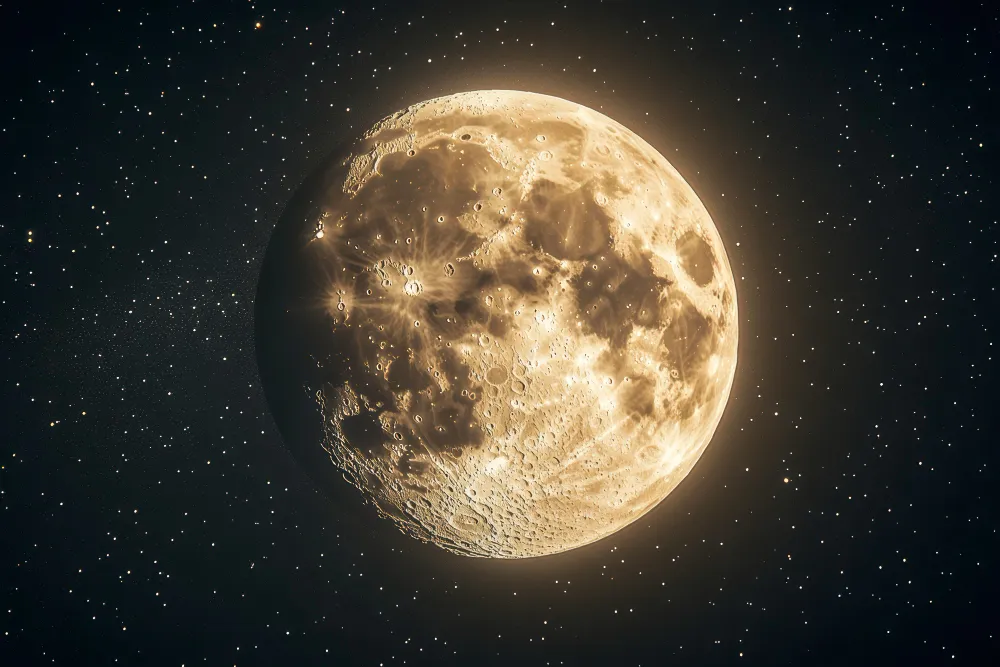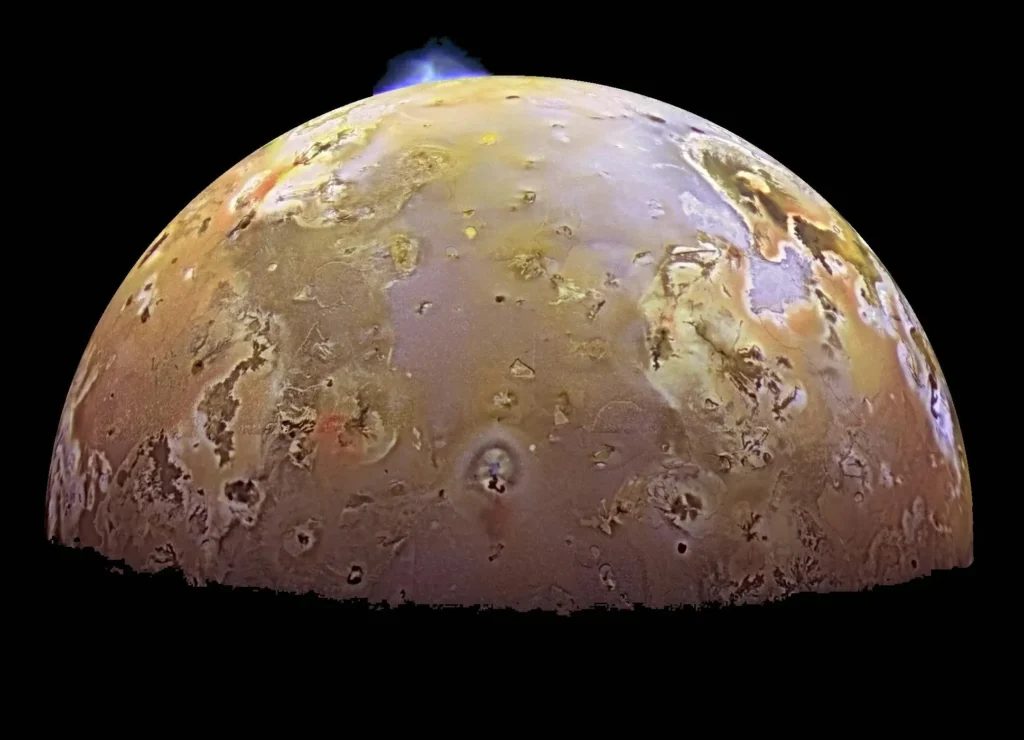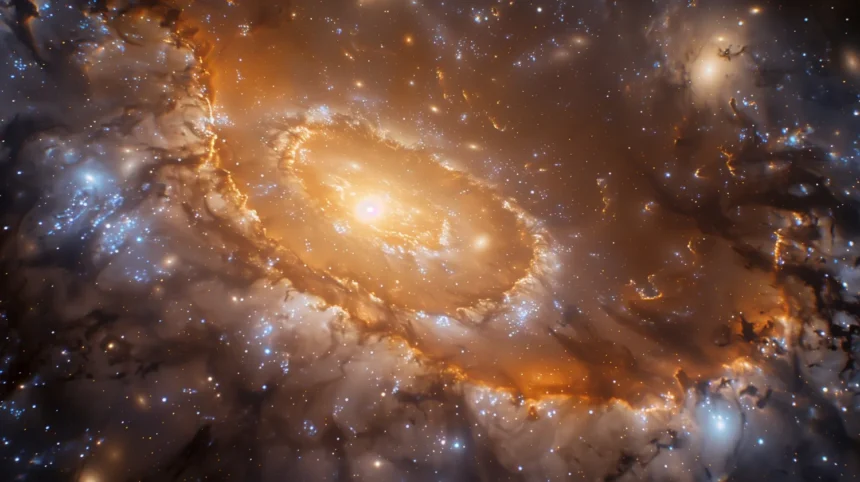Space travel will one day become as common as air travel is today.” – Stephen Hawking
Introduction
Our solar system is vast filled with mysterious and awe-inspiring destinations. While we dream of exploring distant stars, there is still plenty to see much closer to home. For space lovers and those with a sense of adventure, the places to visit in the solar system are breathtaking in their diversity and wonder. From frozen moons to fiery volcanoes, these destinations offer something for everyone, and thanks to recent advancements in space exploration, visiting them is becoming more feasible than ever.
Also Read: How Many Stars Are In Our Solar System?
The Future of Space Tourism
Did you know that our solar system has over 200 moons orbiting planets? These moons, planets, and asteroids are brimming with features and phenomena that could make them prime tourism destinations in the future. With companies like SpaceX and Blue Origin leading the way and NASA planning its next big missions, the prospect of space travel is more than just science fiction. But where would we go first? What are the best places to visit in the solar system?
Let’s embark on a tour of 12 unbelievable places to visit in the solar system that promises to leave you in awe.
1. Mars – The Red Planet
With its rust-colored surface and iconic valleys and mountains, Mars is perhaps the most well-known solar system destination for future travelers. It’s the planet that has inspired books, movies, and countless missions. As we speak, NASA’s Perseverance Rover explores the planet, gathers data, and searches for signs of ancient life.

- Unique features: Valles Marineris (the largest canyon in the solar system), Olympus Mons (the tallest volcano in the solar system), and seasonal water flows in craters.
- Key takeaway: Mars is a key site for scientific exploration and holds the promise of becoming humanity’s second home.
- Related missions: NASA’s Perseverance Rover and SpaceX’s Starship planned missions.
2. Europa – Jupiter’s Icy Moon
Europa is one of the most intriguing places to visit in the solar system. This Moon of Jupiter is covered with an icy crust that scientists believe conceals a vast ocean beneath. Could this ocean harbor life? Exploring Europa’s ocean could answer one of humanity’s greatest questions.
- Unique features: Ice-covered surface, potential subsurface ocean, possibility of extraterrestrial life.
- Key takeaway: Europa could be the most promising location in the search for life beyond Earth.
- Related missions: NASA’s upcoming Europa Clipper mission (2024) aims to explore the Moon’s habitability.
3. The Moon – Earth’s Nearest Neighbor
Of all the places to visit in the solar system, the Moon holds a special place in our hearts as the only celestial body humans have set foot on. While it may seem familiar, the Moon still has many secrets to discover. NASA’s Artemis program plans to return astronauts to the lunar surface by 2025 to establish a permanent presence.

- Unique features: Sea of Tranquility (landing site of Apollo 11), lunar craters, Earthrise views.
- Key takeaway: The Moon is humanity’s gateway to space exploration, and the next decade will see humans returning for longer missions.
- Related missions: NASA’s Apollo missions and Artemis program.
4. Titan – Saturn’s Largest Moon
Imagine standing in a world where rivers and lakes are filled not with water but with liquid methane and ethane. You’d find that on Titan, Saturn’s largest Moon. Titan has a thick atmosphere and a landscape eerily reminiscent of Earth, making it one of the most surreal places to visit in the solar system.
- Unique features: Thick nitrogen-rich atmosphere, liquid methane lakes, and rivers.
- Key takeaway: Titan offers an alien landscape that feels familiar yet entirely different.
- Related missions: NASA’s upcoming Dragonfly mission will send a rotorcraft to explore Titan’s surface.
5. Venus – The Morning Star
Venus may not be the first place that comes to mind when thinking about where to travel in space, but its upper atmosphere offers a unique opportunity for exploration. While Venus’s surface is a fiery, hellish landscape, floating cities or high-altitude balloon tourism could be possible.
- Unique features: Thick cloud cover, intense heat, volcanic activity.
- Key takeaway: Venus is a planet of extremes, where futuristic tourism could focus on the skies rather than the surface.
- Related missions: NASA’s DAVINCI+ mission (planned for 2029) to study the atmosphere of Venus.
Also Read: Epic Battle among 8 Planets of the Solar System
6. Io – Jupiter’s Volcanic Moon
Io is the most geologically active body in the solar system, with over 400 active volcanoes on its surface. Constant volcanic eruptions give Io a rapidly changing landscape, creating colorful sulfur deposits and other materials. Io might be one of the most exciting solar system destinations for thrill-seekers.

- Unique features: Intense volcanic activity and sulfur-covered landscape.
- Key takeaway: Io’s volcanic landscape offers a once-in-a-lifetime experience for adventure-loving space tourists.
Also Read: Discover Jupiter, the largest planet in our solar system, and its unique features.
7. Enceladus – Saturn’s Geyser Moon
Enceladus, another of Saturn’s moons, is a small icy world with a big surprise: geysers spew water vapor and ice particles from its subsurface ocean into space. These plumes contain organic compounds, making Enceladus one of the most promising places to visit in the solar system for scientists searching for life.
- Unique features: Ice geysers, potential subsurface ocean, organic compounds in plumes.
- Key takeaway: Enceladus’s water geysers make it one of the most scientifically exciting moons in the solar system.
- Related missions: NASA’s Cassini mission (which discovered the geysers) and potential future missions to explore the ocean beneath its icy shell.
8. Ganymede – Jupiter’s Largest Moon
Ganymede is the largest Moon in the solar system and the only one with its own magnetic field. With a possible subsurface ocean, it shares many characteristics with Europa, but its sheer size and geological diversity make it a prime destination for future missions.
- Unique features: Magnetic field, icy surface, potential underground ocean.
- Key takeaway: Ganymede’s magnetic field and icy surface make it a standout moon among Jupiter’s many satellites.
9. Triton – Neptune’s Icy Moon
Triton is Neptune’s largest Moon and one of the coldest places to visit in the solar system. Its retrograde orbit suggests that Triton was captured by Neptune’s gravity long ago, and its surface is covered in frozen nitrogen. What makes Triton especially fascinating are its cryovolcanoes, which spew nitrogen ice.
- Unique features: Nitrogen geysers, retrograde orbit, extremely cold temperatures.
- Key takeaway: Triton’s unique history and frozen landscape make it a compelling destination for exploration.
10. Pluto – The Dwarf Planet
Since being demoted from full planet status, Pluto has remained a favorite in the public imagination. The New Horizons mission revealed stunning images of its icy plains and towering mountains made of water ice. Pluto is one of the most interesting solar system destinations despite its distance.
- Unique features: Icy plains, towering water-ice mountains, the heart-shaped Tombaugh Regio.
- Key takeaway: Pluto’s remote beauty and mysterious landscapes have made it a symbol of the solar system’s unexplored reaches.
11. Ceres – The Largest Object in the Asteroid Belt
Ceres is a dwarf planet and the largest object in the asteroid belt between Mars and Jupiter. Its surface is marked by mysterious bright spots, which scientists believe are deposits of salts left behind by liquid water. Ceres could become a waystation for space travelers to the outer solar system.
- Unique features: Bright spots, potential underground water reservoirs.
- Key takeaway: Ceres could be an essential stopover for future space missions exploring the outer planets.
12. Jupiter – The Gas Giant
The mighty Jupiter is rounding out our list of unbelievable places to visit in the solar system. This gas giant is famous for its Great Red Spot, a massive storm that has been raging for centuries. While landing on Jupiter itself is impossible, future missions could allow tourists to orbit the planet and witness its stunning cloud formations up close.
- Unique features: Great Red Spot, swirling cloud belts, multiple moons.
- Key takeaway: Jupiter offers a spectacle like no other, with its enormous size and iconic storms.
| Destination | Mission Name | Space Agency | Year |
| Mars | Perseverance | NASA | 2020 |
| Europa | Europa Clipper | NASA | 2024 (planned) |
| Titan | Dragonfly | NASA | 2027 (planned) |
| Moon | Apollo | NASA | 1969–1972 |
| Enceladus | Cassini | NASA/ESA/ASI | 1997–2017 |
| Venus | DAVINCI+ | NASA | 2029 (planned) |
| Pluto | New Horizons | NASA | 2015 |
| Ceres | Dawn | NASA | 2007–2018 |
Key Takeaway
The solar system offers a wealth of destinations that could soon become a reality for space tourists. From the icy geysers of Enceladus to the vast plains of Mars, each location provides a unique environment to explore. As space agencies like NASA continue to develop new missions and private companies work toward accessible space travel, our dreams of visiting these incredible places may be closer than we think.
Conclusion
The wonders of the solar system are waiting to be discovered. As technology advances and space agencies push the boundaries of exploration, we may soon find ourselves booking tickets to some of the most exotic destinations ever imagined. Whether it’s Mars, Europa, or the icy moons of Saturn, the places to visit in the solar system promise adventures that are truly out of this world.
What are the best places for tourists to visit in space?
Some of the best places to visit in space include Mars, Europa, Titan, and the Moon. These destinations offer a combination of scientific intrigue, stunning landscapes, and the potential for future human exploration.
Are there any upcoming missions to explore the solar system destinations mentioned?
Yes, upcoming missions include NASA’s Europa Clipper to explore Jupiter’s Moon Europa and the Dragonfly mission to Titan. NASA’s Artemis program will also send humans back to the Moon in the coming years.
Can humans live in any of these places to visit in the solar system?
While no solar system destination is currently habitable without advanced life-support systems, Mars and some moons like Europa and Titan are considered possible locations for future colonization due to their potential resources.
Where to travel in space first?
The Moon and Mars are likely to be the first destinations for space travelers. NASA and private companies like SpaceX are working on missions to make human travel to Mars possible within the next few decades.
Why is Jupiter’s Great Red Spot so famous?
Jupiter’s Great Red Spot is an enormous storm raging for over 300 years. It is one of the solar system’s most recognizable and studied features, offering a unique glimpse into the dynamics of Jupiter’s atmosphere.





